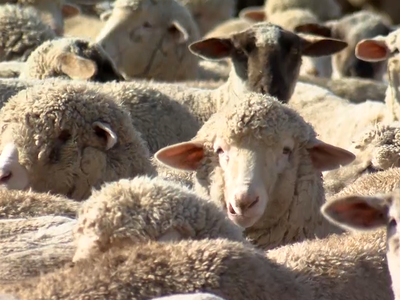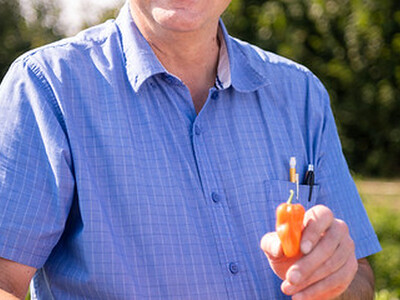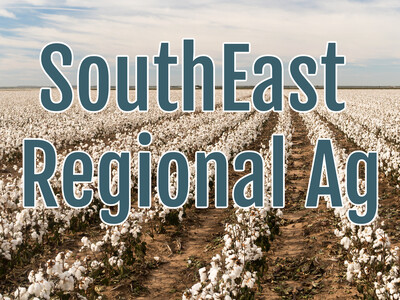Lower Ag Forecast & National Homeownership Month
Lower Ag Forecast & National Homeownership Month plus Food Forethought. I’m Greg Martin with today’s Northwest Report.
It looks like U.S. agricultural export sales this fiscal year are not going to meet previous expectations. USDA Economist, Joe Glauber says there is a good reason for the decline.
GLAUBER: Corn exports are down considerably. Back in February we were looking at corn exports around almost $8-billion dollars. That’s down to about $6-billion right now and a lot of that is volume. And wheat also is down about 2-million tons.
Agriculture Secretary Tom Vilsack kicked off National Homeownership Month by highlighting programs to help rural residents buy, refinance and repair homes. USDA has helped rural residents purchase homes since 1949. Since the start of the Obama Administration, USDA Direct and Guaranteed home loan programs have helped more than 650,000 rural residents buy houses. USDA often works with partners. For example, last year USDA Rural Development and Habitat for Humanity collaborated to help a formerly homeless single mother in Kentucky take steps toward becoming a first-time homeowner.
Now with today’s Food Forethought, here’s Lacy Gray.
Massive homes on postage stamp size lots are no longer considered the American dream, and for good reason. The housing market is making a slow comeback and people are asking, “what is a good house anymore”? The tiny house movement, while commendable when it comes to reducing one’s carbon footprint, is not realistic for the majority of us, when considering it encourages a living space of 300 sq. feet or less. So, what would be considered a good house in today’s world? Pretty much one that is efficient, affordable, healthy for humans and the climate, and still comfortable. The Pretty Good House Standard offered by Green Building Advisor discussion groups sums up what constitutes a good house as one that supports the local community - being built using local labor and materials when possible, has minimal or reasonable operating costs, is energy efficient with super insulation, and is 1000 to 1800 square feet of living space depending on occupancy. Requirements such as these for home building make sense in today’s environmentally conscience and financially constricted market. It’s a pretty good idea that most of us could live comfortably with.
Thanks Lacy. That’s today’s Northwest Report. I’m Greg Martin on the Ag Information Network.














